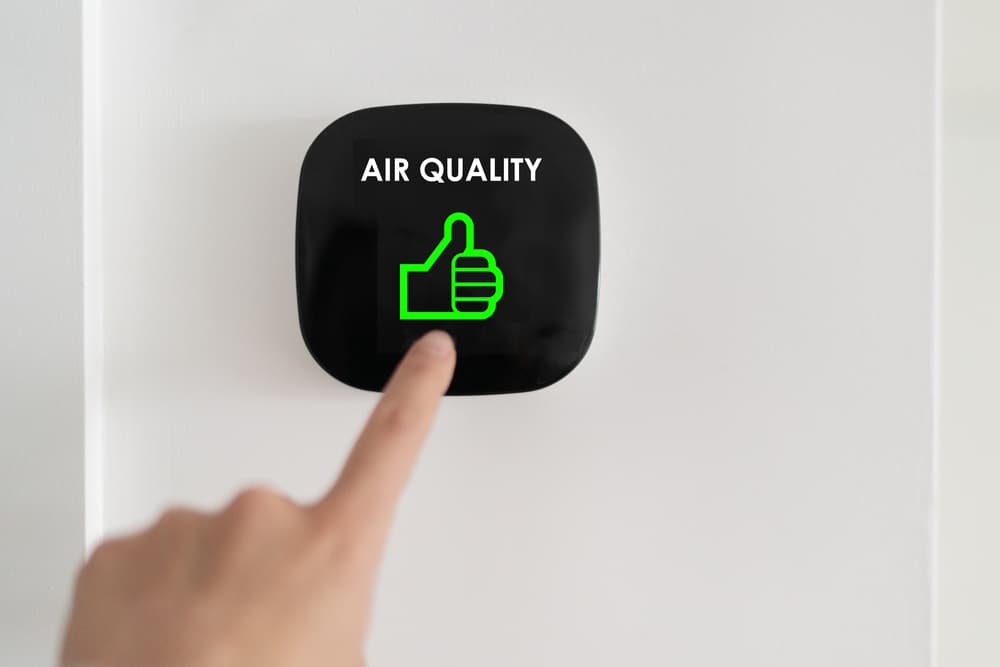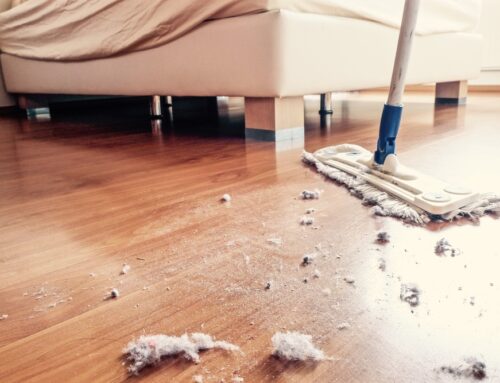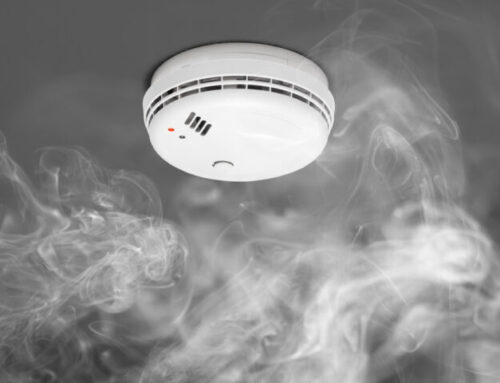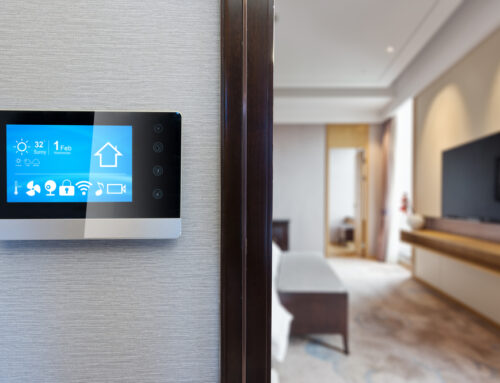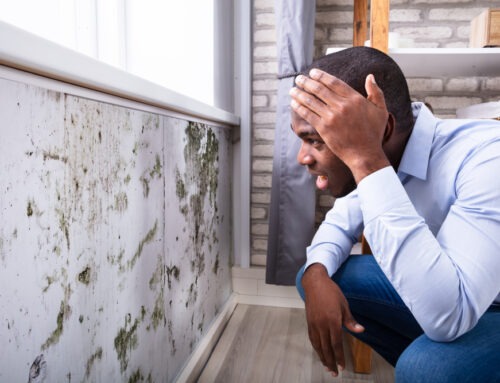When people gather indoors, you are bound to have a degree of indoor air pollution. Just by living and going about their business, humans create chemicals and compounds that pollute the air. Even when we breathe, we emit carbon dioxide into the air which contaminates it.
That said, there are other factors that can contribute to subpar indoor air quality, polluting the airstream over time even with daily air cycles. Today, let’s explore just what these are in further detail.
Asbestos
Once popularly used in building materials, you won’t find asbestos in newer buildings. In 2018, Canada prohibited the use of asbestos in buildings with a few exceptions. However, older buildings may still contain it in various building materials including the ceiling, flooring, insulation, pipe lining, and tiles. It can also be found in paint coatings. When broken down or disturbed, asbestos becomes toxic in the air. It has been linked with the development of lung cancer and other serious health issues. If your office space is in an older building, you may want to contact an expert for an air quality inspection or an asbestos management plan.
Formaldehyde
Formaldehyde is a carcinogen that is found in many items we use or are around every day. That includes adhesives, glues, paints, sealants for floors, carpets, and upholstery. It doesn’t mean you’re going to get cancer from your couch. However, it’s important to have good ventilation and to get your air tested so levels are kept under control and safe for human occupation.
Mold
Mold accumulates in damp, dark spaces when there’s high humidity or moisture present, and it can lead to severe respiratory illnesses. The main contributing factor to mold growth during construction includes site and procedural issues like inadequate building protection and building materials getting wet. Therefore, it’s best to inspect for moisture incursion and ensure that proactive measures are being taken to prevent mold from growing in the first place.
Smoke
Most indoor spaces are cigarette-free, so normally you have to have your smoke break outside. However, smoke is still an indoor air pollutant. It comes from the stoves in kitchens, candles, secondhand cigarette smoke infiltration, space heaters, water heaters, and any dryers that your property may have.
Perfumes and Fragrances
Some workplaces have started to ban perfumes and fragrances because the chemicals in them aren’t properly regulated. Furthermore, people can be allergic to them or suffer from multiple chemical sensitivities. Unfortunately, scented deodorant is on this list, and you should be mindful of introducing too many chemicals into your indoor airstream.
Biological Pollutants
Dust, pollen, pet dander, and bacteria are all biological pollutants. Proper ventilation is essential for mitigating them and regulating indoor conditions, as well as proper humidity control with relative humidity kept between 40 and 60 percent.
Have more questions, or want to get your air tested? Contact the experts at Indoor Air Quality Ottawa today. We’re happy to help with thorough, professional-grade air quality inspections, providing informed recommendations on how best to look after your indoor environment.


